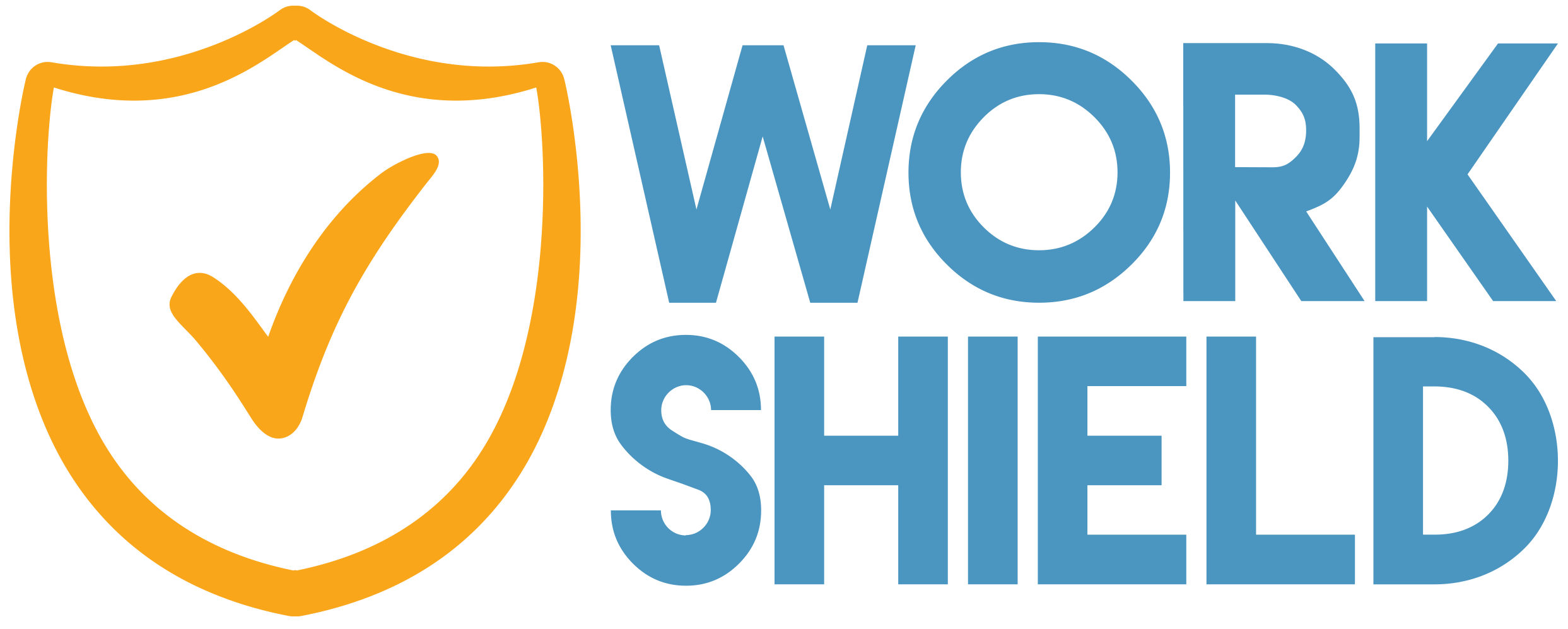With an end goal of providing transparency and enhancing investor confidence, Nasdaq filed a new rule with the US Securities & Exchange Commission (SEC) requiring companies on its U.S. exchange to publicly disclose diversity statistics about their boards of directors. The rule would also require companies to have at least two diverse directors, including one who self-identifies as female, and one who self-identifies as either an “underrepresented” minority group or a member of the LGBTQ+ community.
Companies that don’t have one diverse director within two years and two within four-five years of the SEC’s approval of the rule, or provide an acceptable explanation, could be removed from the exchange.
According to Nasdaq CEO Adena Friedman, “Nasdaq’s purpose is to champion inclusive growth and prosperity to power stronger economies.” Included in the proposal are more than a dozen studies showing the parallels between diverse boards and better financial performance and corporate governance. The connection between diversity and prosperity is not uncommon knowledge. However, the abounding evidence has yet to tip the scales to action for many companies. Here, Nasdaq is uniquely positioned to force the hand of its listed companies to improve diversity among leadership.
“By pushing its listed companies to address racial and gender equity in corporate boards, Nasdaq is heeding the call of the moment. Incremental change and window-dressing isn’t going to cut it anymore as consumers, stakeholders and the government increasingly hold corporate America’s feet to the fire. Nasdaq’s efforts to prod and push its listed companies is a welcomed and necessary first step.”
– Anthony Romero, executive director, American Civil Liberties Union
Nasdaq’s proposed rule will hopefully advance equity and inclusion for many companies, as well as provide further evidence that diversity impacts financial performance. But the significance of the impact will largely be dependent on how companies extend their policies to promote inclusion and equity across their organizations.
Inclusion is Key
Recruiting diverse boards does not necessarily translate to higher profit margins, ROI, or better cultures. It also does not mean that companies are free from discrimination, racism, or microagressions. In the end, companies that will reap the benefits of having a diverse leadership team and workforce will require an ongoing commitment to inclusion and accountability. According to Standard & Poor,
“We foresee a widening competitive gap between companies that adopt effective strategies for workforce and diversity, and those that do not. In our view, inclusion is key to getting the strategy right.”
It continues — Employers with a culture that tolerates discriminatory practices and microaggression are vulnerable to productivity lapses, decreased innovation, and lower creativity…. Achieving true inclusion requires a shift in the organizational culture to acknowledge the value of different backgrounds, expose conscious and unconscious biases, and create an atmosphere of respect and empathy…. Without a business culture that fosters inclusion, meaningful change is unlikely to result.
Exposing Discrimination
Rooting out toxic, divisive behavior is a major hurdle to achieving a culture of inclusion. Workplace discrimination and other bad behaviors are often unreported due to fear of retaliation and hostile work environment, making it difficult to identify hidden racism and conscious and unconscious bias within organizations.
According to the EEOC, 75% of incidents are unreported. When misconduct goes unreported, it continues, harming its victims and contributing to a toxic workplace culture. The key to disrupting this cycle and to eradicating toxic behavior is to give employees a way to expose the behavior with confidence that their concerns will be heard and dealt with.
Reporting mechanisms (like anonymous hotlines and reporting apps) are a tactical place to start. But in and of themselves, won’t remove the fear of retaliation for employees because the investigations of reported incidents are still being managed internally. Employees will only feel safe enough to report harassment and discrimination when companies aren’t managing the investigations themselves. Partnering with an impartial third party like Work Shield that manages the reporting, investigations and provides resolution recommendations will engender trust with employees and help expose more toxic behavior.
Nasdaq is using its position to force a needed step towards increasing diversity for its listed companies. But having a diverse board of directors will only go so far if companies allow toxic behavior to continue elsewhere within their organizations.
About Jared Pope
Jared is Founder and CEO of Work Shield, the only start-to-finish workplace harassment and discrimination reporting, investigation and resolution solution that protects employees, employers and cultures at the same time. Jared practiced law and ran a practice focused on human resources, ERISA, benefits and employment matters for over 15 years and is a knowledgeable resource on workplace culture and harassment and discrimination issues.
Connect with him on LinkedIn.





